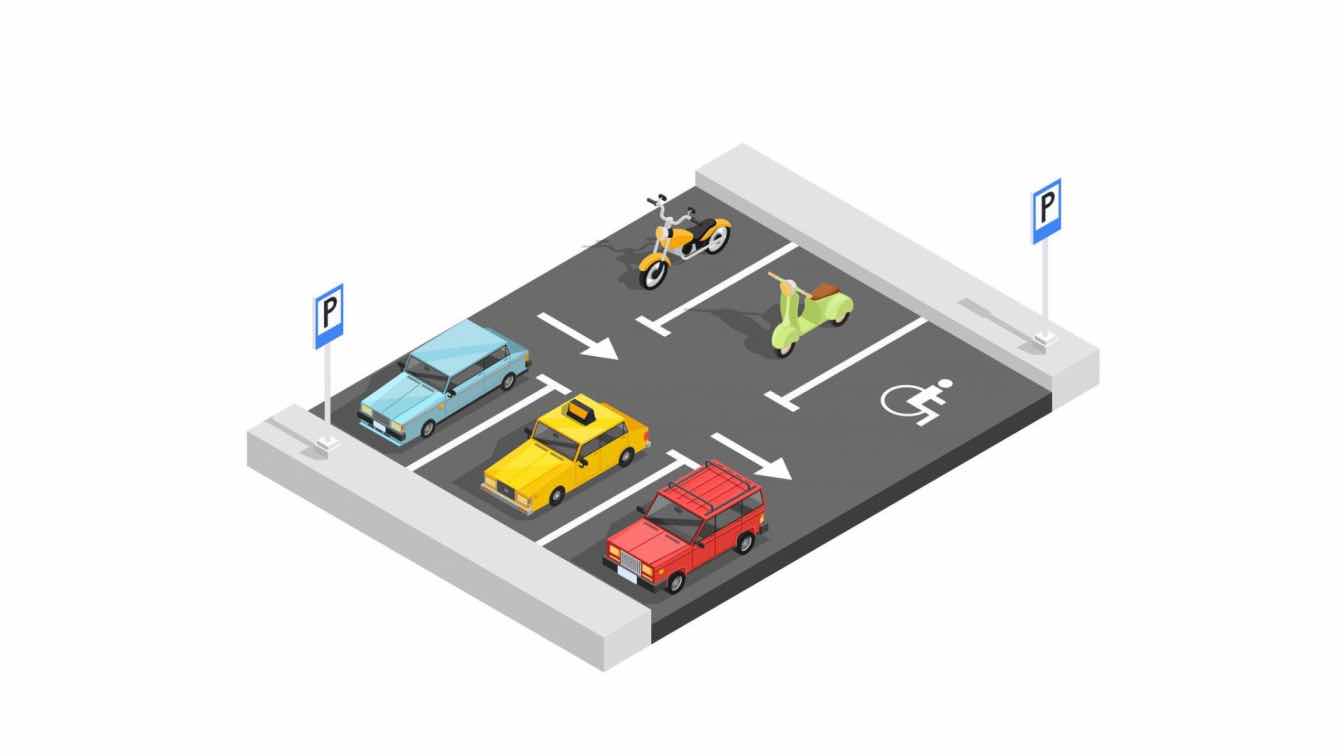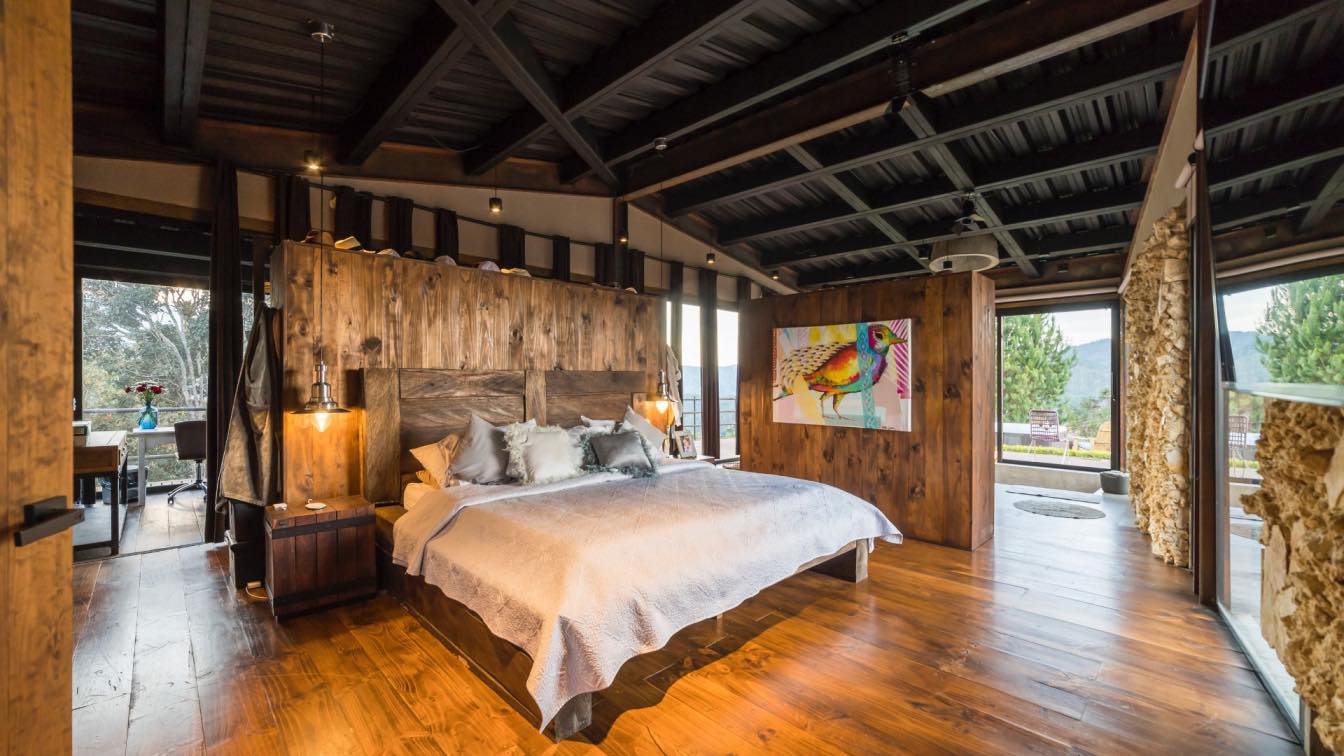Architecture has long moved beyond physical form. With the development of immersive virtual worlds and the spread of Web3 technology, the work of the architect is changing once more. The decentralized, permanent virtual world, the metaverse, brings new spatial design, user interaction and experience-building paradigms. Some of the fastest-growing specialties within this space are virtual casinos, especially those that work with blockchain technology.
Architects and designers must now redesign the casino experience for the virtual audience, combining functionality and design innovation. The challenge is applying architectural concepts to virtual spaces, where different rules bind space, materials and even physics.
Rethinking Form and Function in Digital Architecture
In conventional architecture, physical restrictions like gravity, weather and materials define every design choice. On the other hand, Metaverse architecture exists in a space without physical limits. This liberty promotes unlimited creativity, but it also necessitates self-discipline to ensure that virtual spaces operate as expected, especially on Bitcoin casinos USA sites, where accessibility and user trust are the top priorities.
Architects must reinterpret known spatial signals—gaming floor layout, lighting and wayfinding, for example—in a virtual environment. Those solely aesthetic within physical casinos, such as ornamental ceilings or spatial balance, assume a purposeful role within the context of the metaverse by influencing user activity and grounding wayfinding.
User-Centric Flow and Navigational Logic
One of the most critical design issues for metaverse casinos is wayfinding. In an expansive virtual space, users can feel disoriented when they don't have the haptic and sensorial cues that real-world architecture affords. Virtual spaces use extensive visual signage, color segmentation and intuitive spatial structures to facilitate movement.
Architects must think digitally to recreate the ordered progression through game areas that a traditional casino might provide. Interactive portals, kinetic signs and responsive environmental design—like lighting that changes depending on a visitor's position—are design tools to help orient patrons. They are more than design niceties; they are essentials for delivering a smooth, rewarding user experience.
Materiality in a Post-Physical World
Where real-world materials shape the way one perceives space, be it through texture, temperature or acoustics, virtual casinos challenge designers to produce a new language for the senses. Metaverse materials are unfettered by availability and budget but must also convey atmosphere, purpose and proportion.
Many designers use shaders, lighting systems and 3D modeling to simulate materials as varied as marble, glass or velvet. Still, most designers are starting to adopt non-replicative design aesthetics—those available only online. Translucent floating forms, walls that move or morphing liquids can now characterize digital interiors, transforming expectations for what a casino can be and feel like.
This unlocks new architectural conversations. Instead of emulating real-world spaces, architects within the metaverse can create brand new languages of design that embody the decentralized, cutting-edge spirit of blockchain-based worlds.
Security and Transparency through Design
Physical and virtual casinos must instill trust. Transparency and fairness are fundamental building blocks for the user experience in the blockchain-based world of metaverse gambling. Architects and designers are increasingly being challenged to reflect these principles spatially.
For instance, designers of bitcoin casinos in the USA typically include symbolic transparency within their buildings—open spaces, glass-like forms and areas free from obstructions. These suggest openness and encourage users to interact more freely.
Additionally, secure transitions between virtual casino areas, such as rooms used for gambling, token exchanges and account pages, must be intuitive. Architectural transitions can assure layered security, leading users through immersive and secure spaces.
Collaborating with Coders and 3D Artists
In contrast to traditional architectural projects, when designers hand over plans to the building teams, the architecture within the metaverse is created with coders, 3D modelers and virtual reality experts. Architects must master new skills: understanding digital render pipelines, blockchain wallet implementation and user interface design.
However, architects must also be concerned with cross-platform compatibility. The virtual casino must be visually consistent and function well under different system limitations, whether played on desktop, VR or mobile. It adds a new focus on optimization—a virtual equivalent to green architecture—that impacts the environment and user experience.
Cross-pollination between disciplines stimulates innovation but necessitates flexibility. As technologies change, so too must the architectural strategies used in them.
Towards A New Era Of Immersive Environments
The metaverse development poses an unprecedented chance for architects to recast the understanding and experience of space. Architecture is both art and interface for virtual casinos, particularly those that exist within the decentralized environment based on Bitcoin and blockchain systems.
Designers create these virtual worlds by developing games and building ecosystems. They influence behavior, shape emotions and establish expectations for the perception and interpretation of value and trust within an unbounded environment. The architecture of the metaverse poses a formidable challenge, but so does its promise.
In the immediate future, as virtual casinos proliferate and technologies advance, the discussion between design and immersion will be pushed further. Designers and architects who embrace this change, far from a fad but as a new frontier for architecture, will spearhead the redefinition of spatial experience within the digital era.





